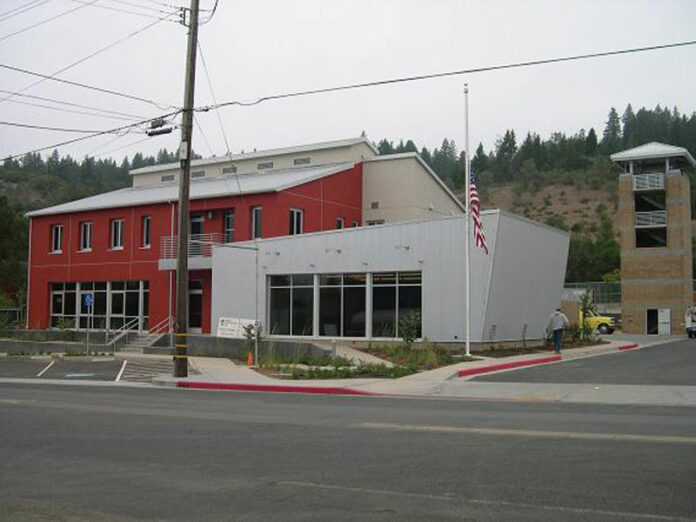
Back when life was normal, all we had to worry about was a drought and seasonal wildfires. Just because all our attention is now on the COVID-19 pandemic, doesn’t mean the lack of winter rains and approaching fire season aren’t still with us.
There will be a special election on May 5, when the Northern Sonoma County Fire Protection District will be asking district voters to approve a parcel tax to support better wildfire preparedness, staffing costs and equipment replacement. Ballots for Measure K were mailed last week to all registered voters in the Geyserville, Alexander, Chalk Hill and Knights valley areas.
The annual per parcel tax rates will vary based on property and structure uses on all legal parcels. The range is $160 to $240 per dwelling unit, depending on size and $170 for vacant parcels. Annual proceeds are estimated to be $650,000. A two-thirds majority vote is required for the measure to pass.
“This is needed because our costs keep going up, we’re getting asked to do more and more wildfire preparation and we’re the largest (by geographic size) district in the county,” said fire district officer Rob Stewart, who’s been working the phones from his convalescent couch, due to a recent mule kick.
The formerly named Geyserville Fire Protection District is the last non-municipal district in the county operating without a special tax.
“We’ve been fortunate to have some generous constituents over the years, but the costs are catching up to us and we’re trying to be proactive,” said Stewart.
The local Measure K has been in the works since last summer and several town hall sessions were held in late 2019.
“We heard plenty of feedback, especially from ag land owners,” said Stewart.
The original tax assessment formulas were adjusted to respond to the local farm and vineyard owners concerns, reducing the projected annual revenues from $1 million to $650,000. If approved, the special tax would remain on the books until repealed by voters in a subsequent election. The annual rate can be raised based on the California Consumer Price Index.
A ballot argument in favor Measure K was signed by State Senator Mike McGuire, county supervisor James Gore, Geyserville businessman Harry Bosworth, Knights Valley fire chief August Grube and north county fire chief Marshall Turbeville.
A “yes” vote on Measure K will allow the fire protection district to continue saving lives and property. Measure K will “improve preparedness before future wildfires, fund fire prevention efforts specifically designed to protect our community, save lives and property and replace apparatus and equipment essential to fire protection and emergency medical services,” is part of their voter appeal. There was no opposition argument submitted.
In November, Sonoma County voters narrowly declined to support Measure G. The dedicated sales tax measure would have raised $61 million annually; to be shared among all fire districts, volunteer organizations and municipal agencies. The measure fell one percentage point below the required 66%.
“We hoped it would pass even though we weren’t certain how much future funding our local district might get,” said Stewart, commenting that past history support from county-controlled funds has not always been viewed favorably by the local fire district leadership. “Whatever the case, we know we will continue to need more and more fund sources.”
The Northern Sonoma County Fire Protection District is pursuing plans to grow by adding the Geysers, Fitch Mountain and Sotoyome (Sweetwater, Westside, Mill Creek) areas within the district. A proposal is filed with the county’s Local Agency Formation Commission (LAFCO.) Similar consolidations among local fire districts have been taking place in almost all other parts of the county as fire protection administrators and local chiefs seek to balance local control with improved inter-agency collaboration.
The rash of recent historical wildfires has taught many lessons in preparedness, vegetation management, surge staffing and emergency communications that has increased local firefighters’ work loads. At the same time, almost all districts and fire units are experiencing a decrease in volunteer ranks, attributed to a rising cost of living that requires more working hours and less time to volunteer.
“We are all inclined towards tax fatigue and we wonder how much of our tax money gets absorbed into a bloated bureaucracy,” the Yes on Measure K literature reads at one point. “When we vote for Measure K we do so knowing that every member of the community will chip in.”








